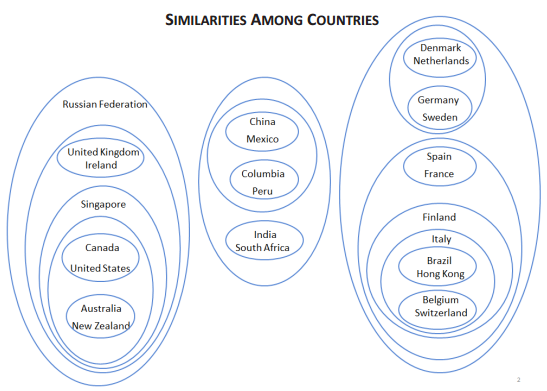Recruiting Global Leaders

For many employers, the talent game has gone global. This means employers and recruiters are having to develop their skill set so they are able to deploy leaders in a range of countries effectively and seamlessly, while maintaining productivity and competitiveness. Gone are the days when employers and recruiters could just hire with the same principles and practices as a domestic hire and hope their international leadership hire worked out.
Now, employers demand a special and strategic approach to international selection and hiring of leaders; international recruitment is becoming a specialism of its own. Fortunately, there are lots of studies producing interesting findings that can help international recruiters make more informed and effective international leadership hiring decisions. Two very interesting studies I have found look at how leadership styles vary by country, the findings of which may help you make more effective inter-country appointments.
How Leadership Styles Vary by Country
One very interesting study is by the Management Research Group that studied 26,000 leaders in 26 countries, and, as you can imagine, found that leadership practices varied significantly by country (unsurprisingly). This suggested that a star leader in one country may not perform so well in another country with a different leadership culture. But, rather helpfully what they also did was identify and cluster countries together that have a similar leadership style and place this into this easy-to-follow chart below.
In essence, countries situated in the same circles are more similar to each other in terms of leadership style than they are to countries outside their circle. For example, if you were going to deploy an international new hire to your Brazil office, you might do well to hire one from your Spanish, French, and Italian offices rather than from your UK or US office as there will be greater cultural affinity in leadership style.
Another very interesting complimentary study is that by Bersin and Deloitte, called Global Leadership – Developing Tomorrow’s Leaders Around the World, which reviewed 30,000 SHL leadership assessments and identified the leadership characteristics from 10 countries (Australia, Belgium, China, India, Netherlands, Norway, Sweden, UK and US. ) This study actually allows you to see how leadership styles actually vary around the world and across some of the clusters on the diagram above.
For example, they found that India and China both were very hands on and skilled in operational execution and managing individual performance, yet Benelux and the Nordic countries were more focused on planning, strategy, communication and change management. On the other hand, the US was seen to have a more ‘driving’ leadership style, which they suggested might clash with Chinese leaders who they say prefer a more flexible approach and prefer to build the relationship first before doing the task.
So does this mean companies shouldn’t move international assignees between culturally distinct locations? No, not at all, it is just about being aware of the differences and hiring those with the intercultural adaptability and leadership style flexibility to be able to adapt their approach to get the most of staff in any culture. This is the hallmark of the true international leader.


